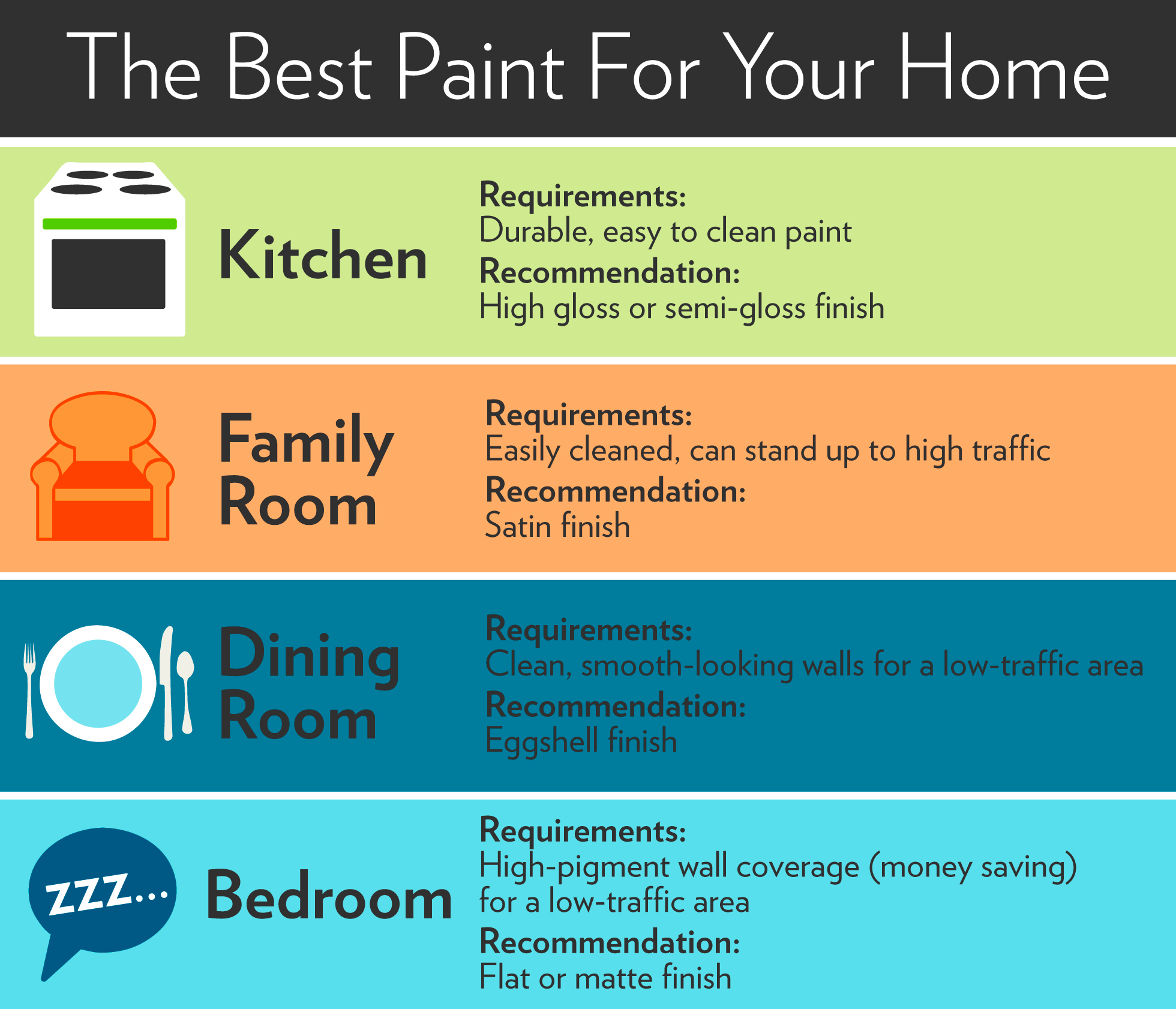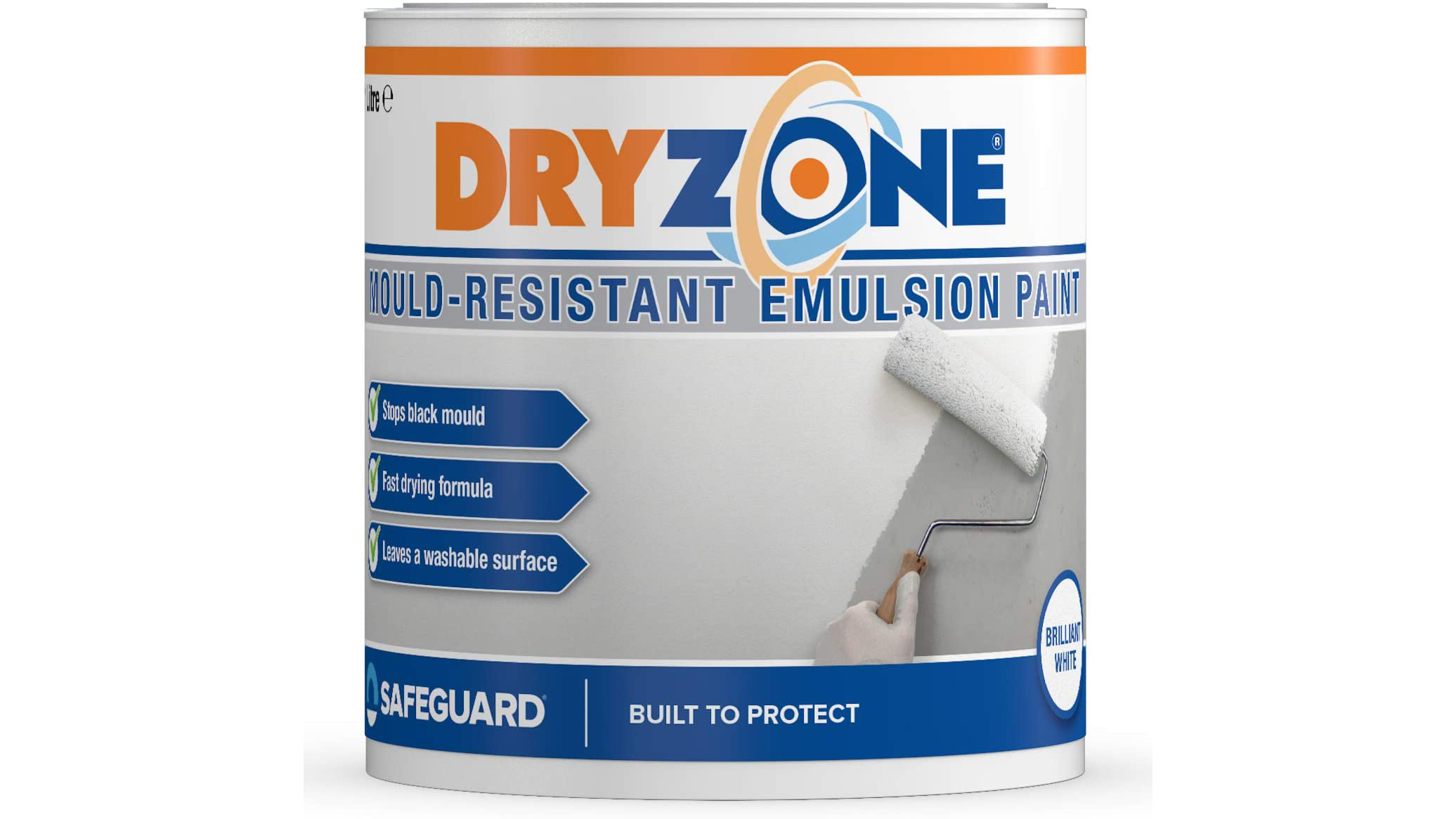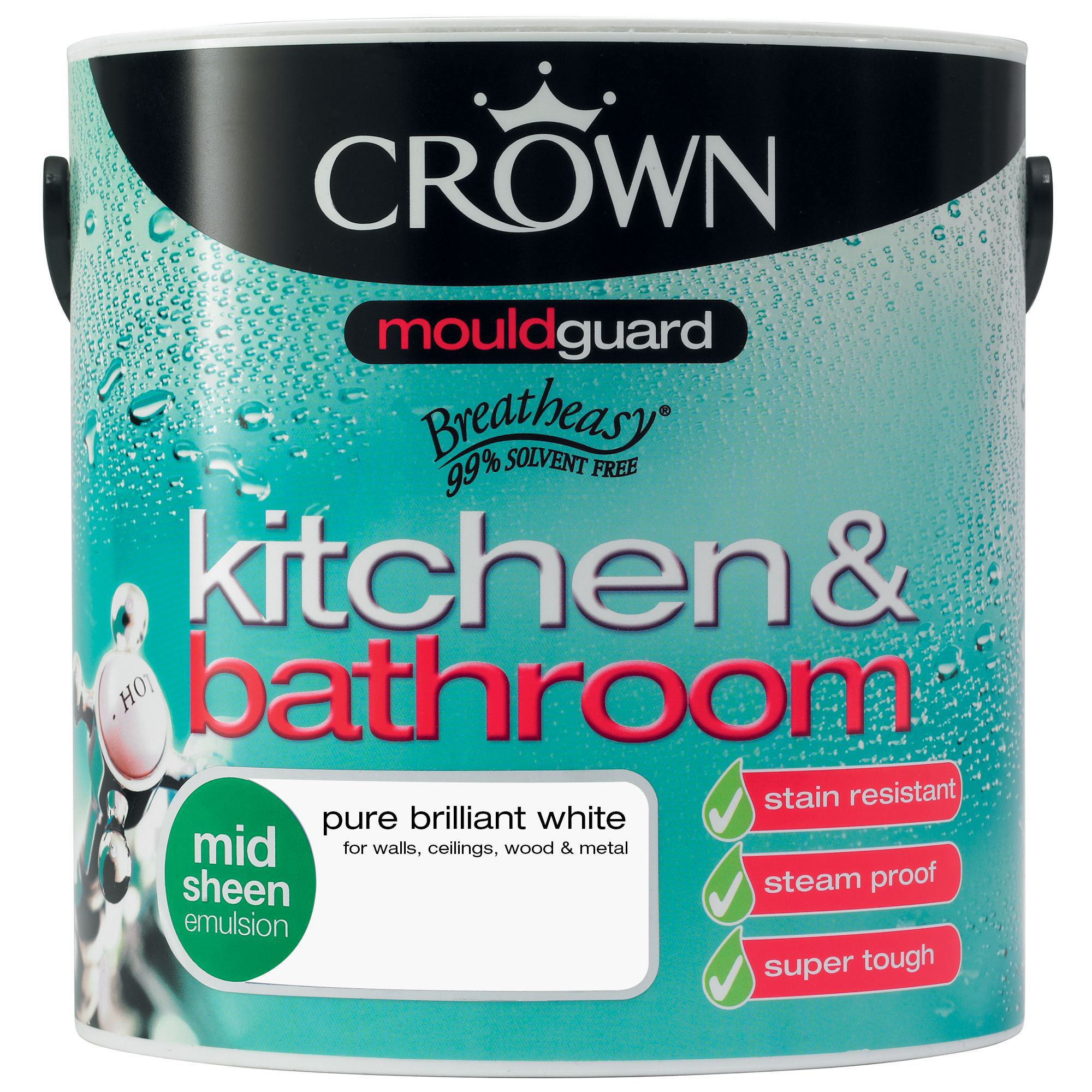The Importance of Durable Paint in Kitchen and Bathroom Spaces

Listen up, you lot, ’cause we’re about to talk paint. But not just any old paint, we’re talking about the kind that can handle the real-life grime and chaos of kitchens and bathrooms. You know, the places where greasy splatters, steamy showers, and constant cleaning are just part of the daily grind.
The Unique Challenges of Kitchen and Bathroom Environments
Kitchens and bathrooms are notoriously tough environments for paint. Think about it: the constant splashes of water, the build-up of grease, the steam from cooking and showering, and the harsh chemicals used for cleaning. This can all take a toll on your paint, causing it to fade, chip, and peel over time.
The Properties of No-Nonsense Paint
Now, this is where “no-nonsense” paint comes in. This stuff is built to last, designed to withstand the rigors of these high-traffic areas. It’s got a tough, durable finish that can resist scratches, chips, and stains. It’s also easy to clean, so you can wipe away spills and messes without worrying about damaging the paint.
Examples of Real-World Scenarios
Think about the areas around your kitchen sink and countertops. These are prime targets for splatters and spills, and a durable paint can make a big difference. The same goes for bathroom areas like showers and tubs. A good quality paint will help keep these surfaces looking fresh and clean for years to come.
Choosing the Right Paint Finish for Your Kitchen and Bathroom: No Nonsense Kitchen And Bathroom Paint

So, you’ve got your kitchen and bathroom all prepped and ready for a fresh lick of paint, but what about the finish? It’s not just about the colour, bruv, it’s about how that paint sits on the surface, how it reflects light, and how easy it is to keep clean. Different finishes have different vibes, and choosing the right one can make a massive difference to the overall look and feel of your space.
Paint Finishes: Matte, Satin, Semi-Gloss, and Gloss
Each paint finish has its own unique characteristics, and the one you choose depends on the specific area you’re painting and the look you’re going for. Here’s the lowdown on the most popular finishes:
- Matte: This finish is super flat, offering a subtle, non-reflective surface. It’s great for hiding imperfections in the walls, but it can be a bit of a pain to clean as it’s prone to absorbing dirt and grime. It’s best for low-traffic areas like bedrooms or living rooms, but it’s not ideal for kitchens and bathrooms where things can get messy.
- Satin: This finish is a bit more durable than matte, with a subtle sheen that adds a touch of elegance. It’s easier to clean than matte and can handle a bit more wear and tear. It’s a good all-rounder, perfect for walls, doors, and trim in kitchens and bathrooms.
- Semi-gloss: This finish has a noticeable shine, making it easier to clean and more resistant to stains and scuffs. It’s a good choice for areas that get a lot of traffic, like kitchens and bathrooms, especially for cabinets, trim, and doors. It’s also great for high-moisture areas as it can withstand spills and splashes.
- Gloss: This finish is the shiniest of them all, reflecting a lot of light. It’s incredibly durable and easy to clean, making it a great choice for high-traffic areas like kitchens and bathrooms, especially for cabinets and trim. However, it can highlight imperfections in the surface, so make sure your walls are perfectly smooth before applying it.
Choosing the right paint finish is all about balancing durability, ease of cleaning, and the desired aesthetic. It’s like picking the right outfit for the occasion, you wouldn’t wear a tracksuit to a wedding, would you?
Tips for Applying No-Nonsense Paint in Your Kitchen and Bathroom
Before you grab your brush and start painting, it’s crucial to prepare your surfaces properly. This ensures a smooth, even finish that’ll last.
Preparing Surfaces for Painting
A proper prep job is essential for a long-lasting paint job. This means getting rid of any dirt, grease, or grime that might be lurking on your surfaces. You’ll also need to fill in any cracks or holes and sand down any rough spots.
- Cleaning: Start by giving your surfaces a good scrub with a mild detergent and water. This’ll remove any dirt, grease, or grime that might be preventing the paint from adhering properly.
- Sanding: Once the surfaces are clean and dry, it’s time to sand them down. This helps to create a smooth surface for the paint to adhere to. For walls, you’ll want to use a fine-grit sandpaper to smooth out any imperfections. For cabinets, you’ll need to use a medium-grit sandpaper to remove any old paint or varnish.
- Patching: If there are any cracks or holes in your surfaces, you’ll need to patch them up before you paint. Use a spackling compound or patching compound to fill in the cracks and holes. Once the compound is dry, sand it down smooth.
Applying Paint to Different Surfaces, No nonsense kitchen and bathroom paint
The way you apply paint will depend on the surface you’re painting. Walls, cabinets, and trim all require different techniques.
- Walls: For walls, you’ll want to use a roller to apply the paint. Start by cutting in around the edges of the room with a brush. Then, use the roller to apply the paint in even, overlapping strokes.
- Cabinets: For cabinets, you’ll want to use a brush to apply the paint. Start by applying a thin, even coat of paint to the entire surface. Then, apply a second coat of paint in the same direction as the first coat.
- Trim: For trim, you’ll want to use a brush to apply the paint. Start by cutting in around the edges of the trim with a brush. Then, use the brush to apply the paint in even, overlapping strokes.
Achieving a Professional-Looking Paint Job
You don’t need to be a professional painter to achieve a great paint job. By following a few simple tips, you can get a finish that’ll look like it was done by a pro.
- Avoid Brushstrokes: To avoid brushstrokes, use long, even strokes and don’t overload your brush with paint.
- Achieve Sharp Lines: To achieve sharp lines, use painter’s tape to mask off the areas you don’t want to paint. Be sure to press the tape down firmly to prevent paint from bleeding underneath.
- Apply Thin Coats: It’s better to apply several thin coats of paint than one thick coat. This will help to ensure that the paint dries evenly and without any drips or sags.

